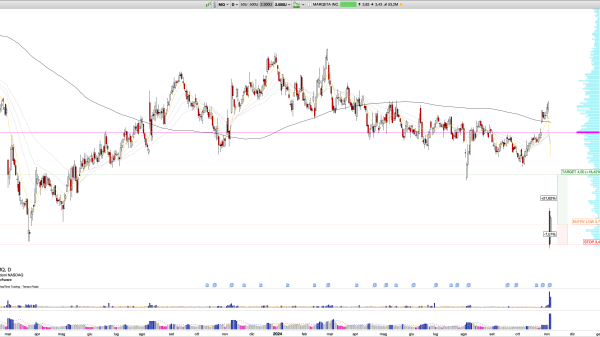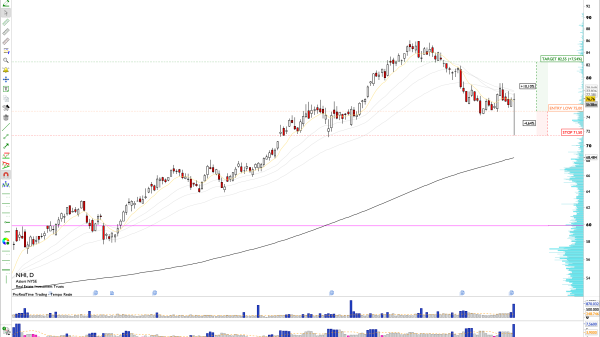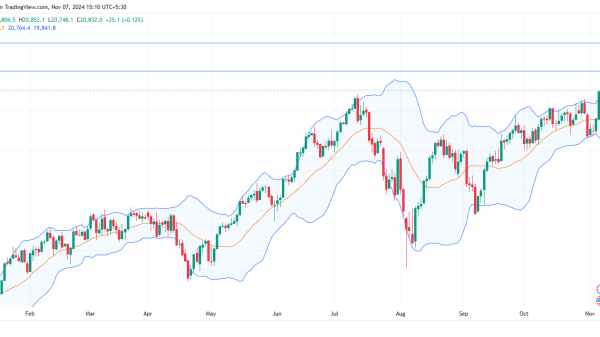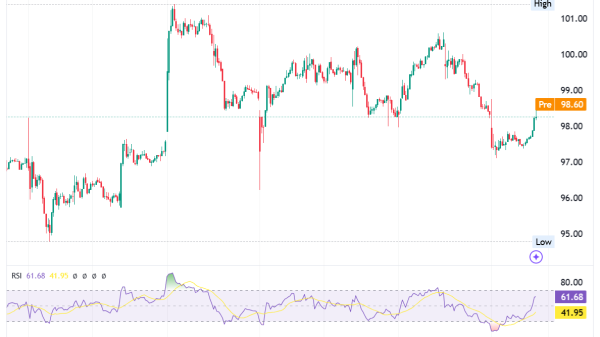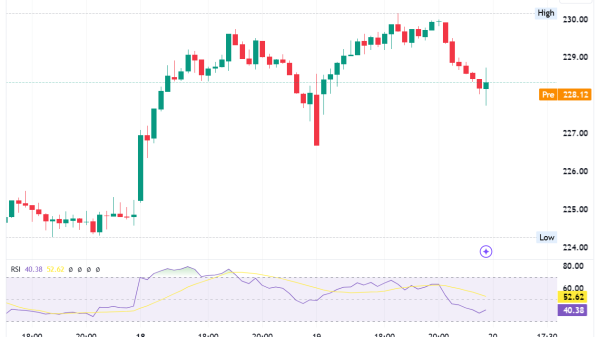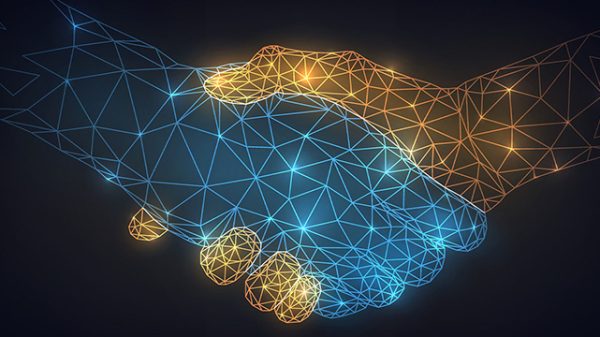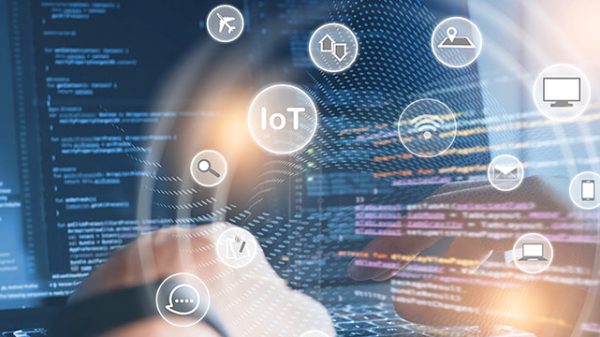IoT devices generate vast quantities of data that must be managed efficiently for responsive and reliable solutions to be realized. PostgreSQL, an open-source relational database system with versatile, extensibility, and performance optimization features has emerged as a favored choice. This is mainly due to its versatile user interfaces, extensibility capabilities, and the capacity to handle massive volumes and complex queries quickly. Ultimately, these capabilities help applications function smoothly while supporting fast growth rates.
Globally, approximately 57,629 companies started using PostgreSQL as a relational database technology in 2024, which highlights the rise in adoption and the growing awareness of the perks of scalability and better performance.
This article elaborates on the ways PostgreSQL boosts performance and scalability outlooks in IoT scenarios.
Building Scalable Applications Faster with a Reliable PostgreSQL Database
PostgreSQL databases have proven invaluable when developing scalable IoT applications, thanks to their extensible nature and support of custom data types and indexing mechanisms. Developers can swiftly build complex data structures using a robust PostgreSQL database, which efficiently handles rapid structuring of geolocation data, timestamps, and time series data within its system. Plus, its advanced indexes such as B-tree and GiST indexes provide faster processing times even on large datasets.
Additionally, PostgreSQL’s JSON/JSONB support allows developers to store semi-structured data commonly found on IoT devices, making integration between real-time data streams from different devices much simpler. Asynchronous replication also prevents downtime, so applications can handle high transaction rates without negatively affecting performance. Such an option helps teams develop robust IoT applications quickly to handle growing numbers of devices and data points, without impacting reliability or efficiency in any way.
Together, these features enable development teams to build efficient applications that can scale with growth, ensuring reliable and effective systems ready for future expansion.
Optimizing Performance with Indexing and Partitioning Solutions
PostgreSQL features multiple indexing techniques such as B-tree, GiST, and hash indexes that each enhance performance for specific types of queries. Indexing key columns helps applications retrieve and process data faster, enhancing response times in real-time and IoT environments. Geolocation data in IoT apps may benefit from querying GiST indexes that specialize specifically for spatial data types for efficient retrieval.
Partitioning is another feature that PostgreSQL uses to increase performance. When dealing with large data sets, PostgreSQL makes managing them simpler by enabling developers to divide tables into manageable parts, known as partitions. IoT solutions often experience rapid data growth, so table partitioning enables IoT solutions to access only relevant partitions, instead of scanning through an entire table for relevance.
When combined with indexing capabilities, partitioning makes managing vast quantities of sensor or time series data easier, so applications maintain fast processing speeds while meeting increasing demands effectively.
Manage Time-Series Data Efficiently
IoT applications often generate time-series data, such as temperature readings or device status logs at specific intervals. While managing such continuous and sequential records is complex due to their long duration and sequential nature, PostgreSQL’s support helps address this challenge head-on by optimizing time-series storage and retrieval. This makes IoT applications easier than ever for processing historical information and analytics.
PostgreSQL TimescaleDB takes advantage of hyper tables to efficiently partition large time-series datasets for efficient handling and lower storage costs, while simultaneously supporting continuous aggregation. Such an option enables IoT applications to run real-time queries against aggregated data, without incurring costly calculations on the fly.
Moreover, these optimizations prove invaluable when real-time decision-making based on historical trends is integral. By efficiently managing time series data volumes, PostgreSQL enhances responsiveness and efficiency as data continues to grow across TimescaleDB’s hypertables.
Support High Availability and Fault Tolerance
IoT systems depend upon the consistent availability of data in order to function effectively, and PostgreSQL helps maintain this through features like asynchronous replication, point-in-time recovery, and hot standby. Asynchronous replication ensures data remains available even if one server goes down; essential in IoT applications where loss or downtime could disrupt operations, leading to inaccurate readings or missed alerts.
Hot standby is another key element to ensure PostgreSQL databases remain resilient in the event of data failures. Its replica database is constantly up-to-date and ready for read-only queries, supporting high read availability even during server maintenance and point-in-time recovery. These capacities allow administrators to restore to an earlier point, in case accidental data loss or corruption occurred during its creation or usage. These high availability features make PostgreSQL an exemplary choice for IoT solutions as they ensure integrity and data safety even under difficult conditions.
Final Thoughts
PostgreSQL has proven itself an indispensable solution for Internet of Things solutions, offering the performance, scalability, and reliability required to manage massive volumes of data generated from interconnected devices. Through features like indexing, partitioning time series management, and more, PostgreSQL allows developers to build apps capable of handling high transaction volumes while offering real-time insights. This, along with its robust support for high availability and fault tolerance, makes it particularly suitable for IoT by ensuring reliable access and system resilience.
At a time of explosive IoT growth and data demands that are intensifying rapidly, PostgreSQL remains an invaluable foundation for applications requiring high performance and adaptability. As the IoT landscape continues to evolve, PostgreSQL offers businesses and developers the tools for innovation and growth, enabling solutions that address both current and future challenges.
The post How PostgreSQL Enhances Performance and Scalability in IoT Solutions appeared first on IoT Business News.



